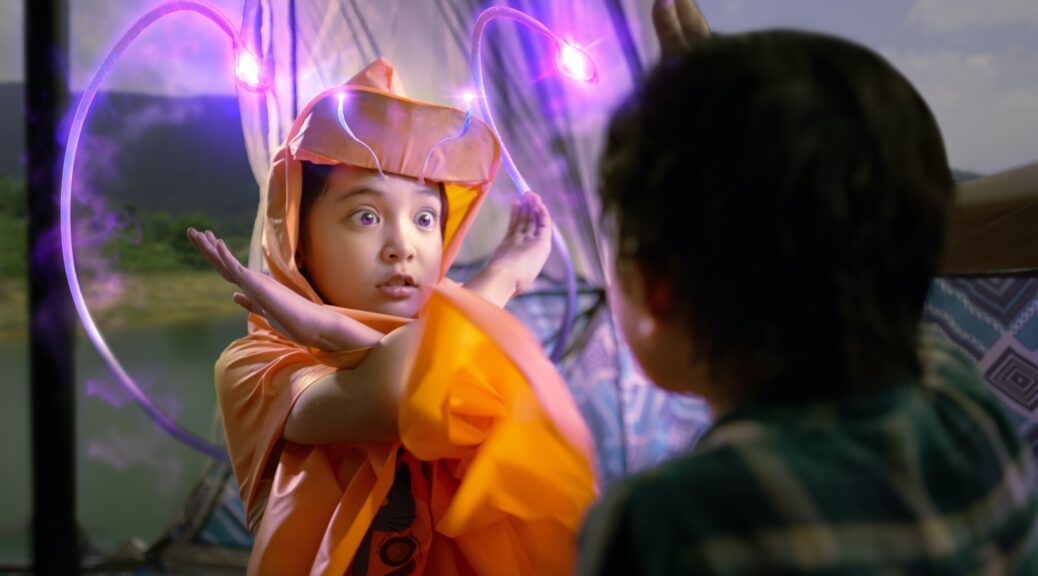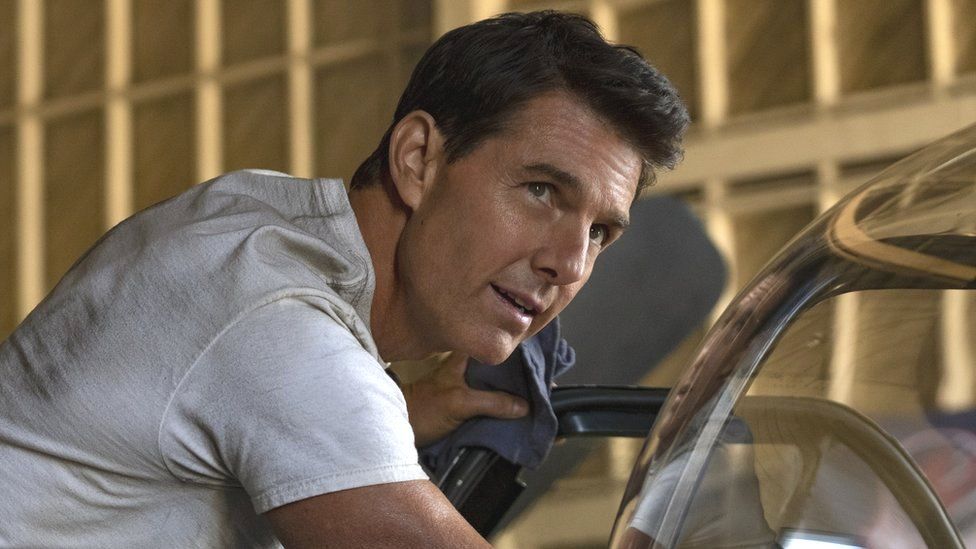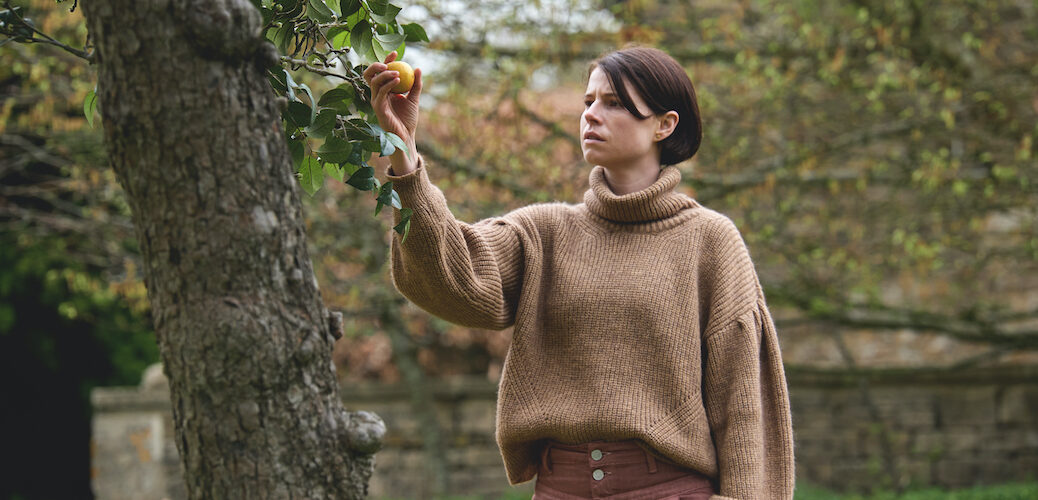Maika: The Girl from Another Galaxy
by Tori Hanes
Mourning the recent loss of his mother, young Hang (Truong Phu) is tasked with helping the recently crash-landed alien Maika (Chu Diep Anh) in her search for her lost extraterrestrial comrade. Director Ham Tran drives the classic setup through otherworldly twists while still steering delicately toward a grounded yet humor-filled reality.
Maika has one thing pulsing through its veins that bleeds into every aspect: heart. A big, family-friendly, overly sentimental, beating heart.
The film finds beauty in its earnestness but the sincerity can become suffocating, specifically within the first thirty minutes. Hung’s mother has passed away, his best friend is forced to move, his father’s business is failing, his neighborhood is being poached by gentrifiers… you may feel beaten over the head with a lead pipe of ethos.
So, when Maika is introduced and the E.T.-esque romp of intergalactic friendship begins, the audience is relieved. We have suffered sufficiently.
Once the film is able to find its balance, a fun-loving tale ensues. Billionaire bad guys, sleazy goons, alien technology – it seems obvious that Tran was inspired by the glory days of 80s children’s adventures.
With this, a unique aspect of what immortalized the Goonies/Gremlins/E.T. generation reveals itself – a willingness to explore with a young audience. This interest in pressing uncomfortable, interesting, and sometimes frightening topics gives children the permission to safely authenticate these emotions and ideas. That is where Maika succeeds.
Unfortunately, much like its 80s counterparts, Maika meanders. At an hour and 47-minute runtime, the plot drags before picking up breakneck momentum, only to rein itself back to a turtle’s pace. It’s hard to not feel some form of whiplash. Still, the story ultimately succeeds in retaining and respecting the audience’s attention.
At surface level, Maika aims to please. And ultimately, it does just that. But it also wants to feel, to hurt, to explore, and to breathe… and the invitation it extends to the audience to participate is what sets Maika apart.














